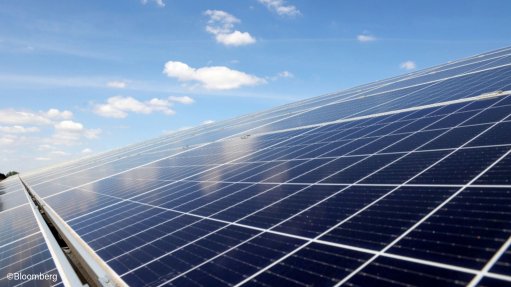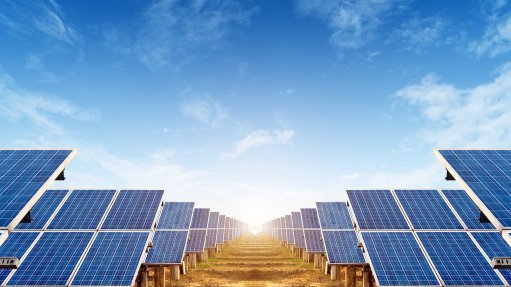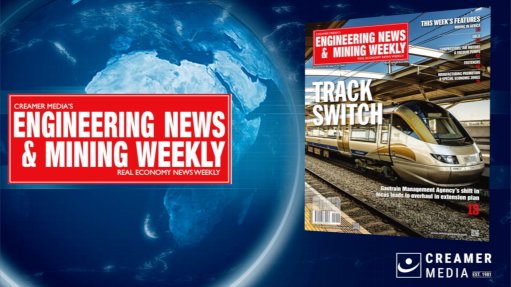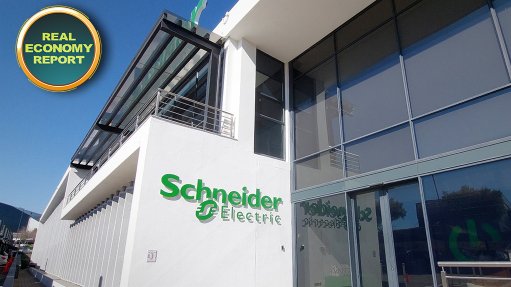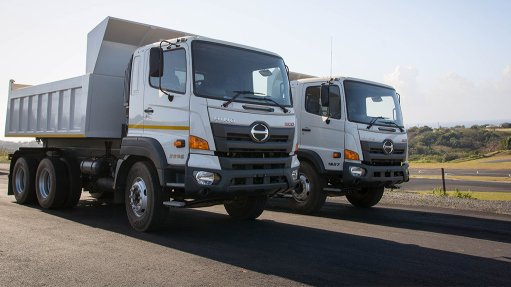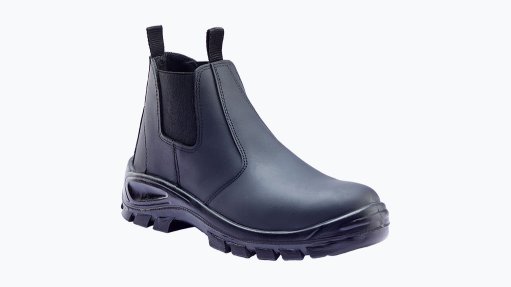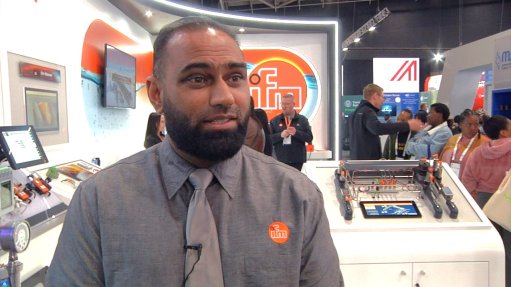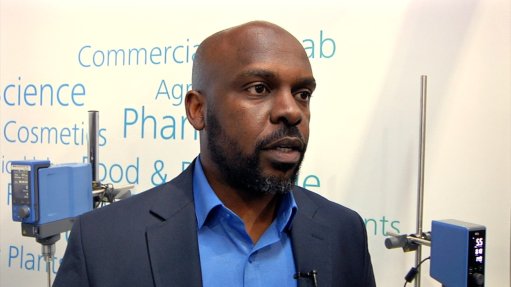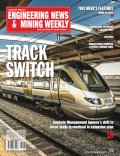Climate risk and insurance-linked securities: navigating a shifting landscape
This article has been supplied and will be available for a limited time only on this website.
By: Mark Gibson Senior Investment Director ILS, and Dr. Benjamin Hohermuth Senior Nat Cat Specialist, Non-Life ILS at Schroders
We have observed a succession of ‘once a century’ floods and heatwaves in recent years in Europe, devastating wildfires in California, and record high sea surface temperatures in the North Atlantic over the past two years.
As climate change continues to reshape the physical and financial world, investors in insurance-linked securities (ILS) are increasingly asking: how does a warming planet affect this asset class? The answer is nuanced. While climate change is undeniably altering the frequency and severity of certain natural catastrophes, its impact on ILS performance is more complex.
Secondary perils on the rise
Secondary perils – such as floods, wildfires, and severe convective storms (hailstorms and tornadoes) – have emerged as increasingly significant drivers of insured losses. These events, characterised by high frequency and moderate severity, have become more prominent in recent years and are amplified by climate change through increased atmospheric moisture and higher temperatures.
Flood: Extreme rainfall is going to increase due to a warmer, wetter atmosphere. This will lead to increasing pluvial (surface water from excess rainfall) flood risk in many regions. However, for fluvial (river) flooding, the changes are more localised due to complex hydrological shifts. This will lead to increased risk in some regions and decreased risk in others.
Wildfire: Higher temperatures and evapotranspiration rates are drying out vegetation, generally increasing fuel availability; however, excessively long dry spells may reduce fuel availability by inhibiting vegetation growth. Overall, there is a clear consensus that wildfires have already become more frequent and more intense in regions such as the western US and southern Europe.
Hail and tornado: Warmer air and increased moisture are expected to lead to stronger updrafts and larger hailstones. While hail frequency and intensity are expected to increase across Europe, the frequency changes are more locally varied in the US. The mean annual frequency of strong tornados is expected to rise due to an increase in the energy available to fuel convection (updrafts). Additionally, the inter-annual variability in the frequency is also expected to increase.
The modelling of secondary perils remains generally less mature than for peak perils, such as hurricane and earthquake. Therefore, we often employ proprietary modelling approaches to account for the frequency trend in these perils. We will provide more details on why it is crucial to have our own view of risk in a separate paper.
North Atlantic hurricane: still the dominant risk
North Atlantic hurricane risk remains the costliest natural peril, despite the rising influence of secondary perils. As it is the main risk transferred through the ILS market, we will focus on it for the remainder of this article.
Scientific consensus points towards an increase in intensity and associated rainfall rates in a warmer, wetter climate. However, trends in frequency diverge across different studies due to climate model resolution and parameterisation of convection and cloud processes. While older, coarse resolution models often predicted a decrease in frequency, newer, high-resolution models generally indicate an increase, or no change in frequency.
Warmer sea surface temperatures and reduced wind shear are creating more favorable conditions for rapid intensification and a poleward shift of tracks, which may increase the landfall frequency of major hurricanes even if the frequency in the basin remains constant. While this paints a gloomy picture, the actual impact of these effects on ILS strongly depends on their timescales.
Short-term instruments, long-term climate trends
Most ILS instruments, such as catastrophe bonds and collateralised reinsurance, have risk periods of one to three years. By contrast, climate change is a gradual process unfolding over decades.
This temporal mismatch between short-term instruments and long-term climate trends means that, while climate change from today until mid-century is an important long-term consideration, it is not the dominant driver of short-term ILS performance. This, however, does not mean climate change can be ignored.
The slow but steady shift in baseline climate conditions, for example warmer sea surface temperatures, has already altered the risk landscape today. The changes that have already materialised are not always fully captured by traditional catastrophe models, which often heavily rely on historical data dating back to 1900. Therefore, the key question at hand is: are catastrophe models under-representing today’s climate realities?
The role and limitations of catastrophe models
Catastrophe models are widely used in the (re)insurance industry to assess risk, with most companies licensing one or more from less than a handful of traditional vendors. Understanding how these models are calibrated is of critical importance.
For hurricane risk, a series of physics-informed statistical models are calibrated to historical data to reflect the number, tracks, intensity and impact of hurricanes. Then 10,000 realisations of a single year are simulated from this model to assess the risk for ILS instruments.
Consequently, catastrophe models reflect the risk of their calibration period, which starts as far back as 1900. To understand if this long-term view is adequate for today’s risk we first need to understand the key climate drivers on different timescales:
El Niño–Southern Oscillation (ENSO), a seasonal-to-interannual fluctuation in Pacific Ocean temperatures and atmospheric pressure. It typically cycles every two–seven years, from La Niña conditions associated with higher hurricane risk, to neutral conditions, all the way to El Niño, which is associated with lower hurricane risk.
Atlantic Multi-decadal Oscillation (AMO) describes the multi-decadal variations in North Atlantic sea surface temperatures (SST), with warm phases lasting 20–40 years, resulting in elevated hurricane activity.
Long-Term SST trend, driven by anthropogenic (human driven) climate change, increasing the energy available for hurricane formation and intensification.
Seasonal variations like ENSO are usually averaged across multiple years in reinsurance and not considered in pricing. The North Atlantic has been in a warm AMO phase since 1995 – and since 1980 we have seen a strong increase in SST. Whether this is driven by anthropogenic greenhouse gas emissions, a reduction in aerosol emissions, natural variability or a combination thereof is still unclear. However, the cause does not really matter when assessing whether or not catastrophe models reflect today’s hurricane risk.
lotting the observed US hurricane landfalls since 1980, we can clearly see that the long-term view (model views, long-dashed line) does not reflect today’s risk, as it is lower than the average over the AMO warm period (observations, dotted line), and markedly lower than the average over the past 10 years (observations, dashed line).
However, the new climate-risk data provider Reask offers a climate-connected view (model view, red dashed line) that captures the long-term increase in landfall activity, with most observations falling within the simulated range (pink shading). This even allows for a forward-looking view of risk over the next three-five years.
This analysis underscores the importance of adjusting catastrophe models to reflect climate change that has already materialised, to have a current view of risk for portfolio construction.
Building resilient portfolios through better insight
The foundation of resilient portfolio construction is to ensure that single risks are well-modelled and adequately compensated. We do this not by reacting to dramatic headlines, but by integrating the best available science into our risk assessment.
This includes building internal models (mostly for secondary perils), licensing novel climate-analytics data sets like Reask, and collaborating with top universities like ETH Zurich. Acknowledging that the latest science still has considerable uncertainties around event frequency, we account for this in risk selection by limiting exposures to low-attaching annual aggregate covers.
Climate change is reshaping the risk landscape; thus, it is important to ensure that this is incorporated into risk modelling, pricing, and portfolio construction. We believe that, with the right tools and insights, ILS will continue to offer attractive, diversifying returns. A warmer, wetter world will also provide new opportunities for ILS, as the demand for climate-related risk transfer will increase.
Comments
Press Office
Announcements
What's On
Subscribe to improve your user experience...
Option 1 (equivalent of R125 a month):
Receive a weekly copy of Creamer Media's Engineering News & Mining Weekly magazine
(print copy for those in South Africa and e-magazine for those outside of South Africa)
Receive daily email newsletters
Access to full search results
Access archive of magazine back copies
Access to Projects in Progress
Access to ONE Research Report of your choice in PDF format
Option 2 (equivalent of R375 a month):
All benefits from Option 1
PLUS
Access to Creamer Media's Research Channel Africa for ALL Research Reports, in PDF format, on various industrial and mining sectors
including Electricity; Water; Energy Transition; Hydrogen; Roads, Rail and Ports; Coal; Gold; Platinum; Battery Metals; etc.
Already a subscriber?
Forgotten your password?
Receive weekly copy of Creamer Media's Engineering News & Mining Weekly magazine (print copy for those in South Africa and e-magazine for those outside of South Africa)
➕
Recieve daily email newsletters
➕
Access to full search results
➕
Access archive of magazine back copies
➕
Access to Projects in Progress
➕
Access to ONE Research Report of your choice in PDF format
RESEARCH CHANNEL AFRICA
R4500 (equivalent of R375 a month)
SUBSCRIBEAll benefits from Option 1
➕
Access to Creamer Media's Research Channel Africa for ALL Research Reports on various industrial and mining sectors, in PDF format, including on:
Electricity
➕
Water
➕
Energy Transition
➕
Hydrogen
➕
Roads, Rail and Ports
➕
Coal
➕
Gold
➕
Platinum
➕
Battery Metals
➕
etc.
Receive all benefits from Option 1 or Option 2 delivered to numerous people at your company
➕
Multiple User names and Passwords for simultaneous log-ins
➕
Intranet integration access to all in your organisation






